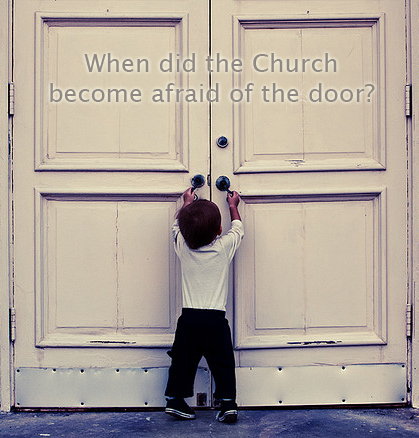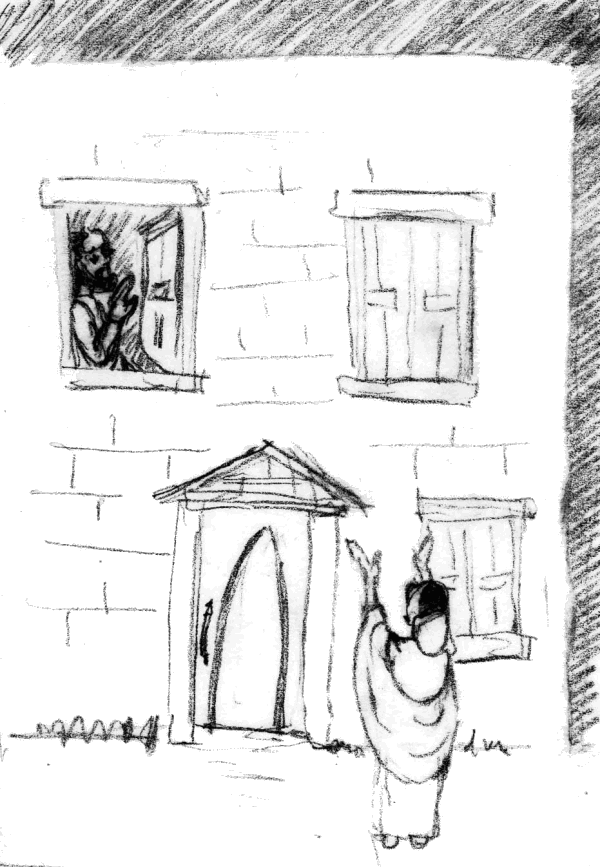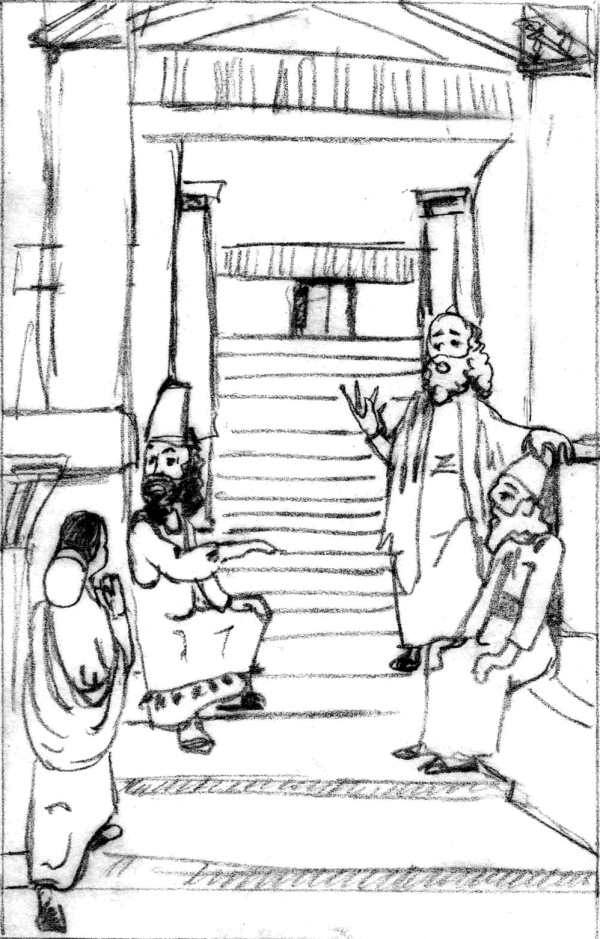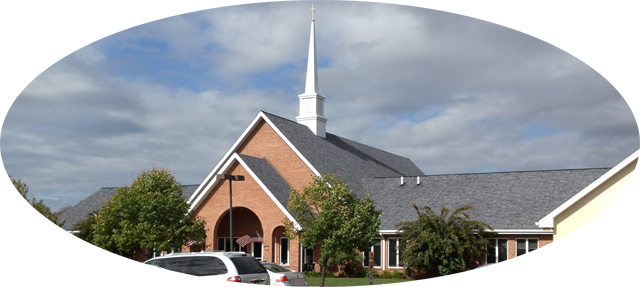 Visiting Is A Lost Art in the Church
Visiting Is A Lost Art in the Church
Redeemer adopted a project that is surely unique in Christianity. It is unique because we are unique.
We are denied access to our church home, so we go visiting. We visit a different church about three times a month. We call ourselves the Redeemer Ambassadors.
We made our first visit in August of 2010 — about a year after we were first locked out of our church building by the Southeastern Pennsylvania Synod of the Evangelical Lutheran Church in America.
The idea was sparked after one of our home church worship services. One of our members commented, “I don’t understand why they want a church without us in it.”
The group response was “Good question. Let’s find out.”
Here we are in 2013. We have visited 75 of our neighboring churches—all of whom, it is safe to say—like the idea of taking one church’s property to pay for their debt. At least that’s how they voted. And they voted without bothering to visit us!
We didn’t know quite what we were getting into. We laid some basic ground rules.
Our mission: “to worship, learn, and share.” We would share during our visits only if we were invited. Few do.
At first we wrote letters to congregations. Now we just write about our visits online.
We have a unique vantage point in the ELCA. We’ve seen common problems. We see occasional attempts to solve problems. We can see what is working and what is not. Our view has its limitations to be sure, but it is broader by far than other congregations’ views.
Waiting for Visitors vs Outreach
The typical approach to evangelism is to entice people to visit us. That’s not really working very well.
Redeemer was a church with a high rate of visitation and we were doing a pretty good job of following up as well, relying (like most churches) on our pastor to do the legwork. We experienced moderate success. But our pulpit was somewhat of a revolving door. (SEPA was waiting for us to die and was not helping to fill our pulpit). Often people joined for relationship with the pastor more than with the congregation. They disappeared when the pastor disappeared.
We began to grow in a more solid way when our members started visiting within their network of friends. We had no pastor at the time, although two pastors were helping us and were interested in a call to our congregation. This was remarkably effective. 52 members in about 18 months. Enough to alarm synod that they were losing the “waiting for them to die” game. Better act fast!
Add this to our three years of church visits and we know something about the power of visitation.
We can place our experiences side by side and see trends. Sometimes we see opportunities that remain untapped staring congregations in the face. Sometimes we can see why.
There is great potential for sharing and ministry in visitation.
This is probably true on the parish level, too. Yet neighborhood visiting is almost a lost art. We don’t even bother. We cite demographics as a code word for “why bother trying.”
People who are not just like us are not worth the effort? Really! Have we so little faith in our message!
Finding a way to visit with people is key to church growth. It may no longer be a simple matter of knocking on doors, but it does involve putting ourselves out into our communities so that we can interact. Waiting for people to visit us is death row. (click to tweet)
Visiting Is Powerful
So powerful it can be seen as a threat!
For our third visit, we chose one of the churches closest to our own. If any of us had been inclined to transfer membership, it might have been to this church—at least that was the chatter among our ambassadors at the time.
The pastor of this church reported our visit to the bishop. The bishop became alarmed and issued a letter of warning to all pastors. It advised congregations to greet us with Christian love—as if they needed instruction! It included a contact phone number in case we caused trouble. How inviting! How paranoid!
Ironically, this is the only Lutheran Church in a 4×1-mile stretch of Philadelphia. Our members live within about a mile and a half of this church. One of our members has lived for 25 years just a few blocks away. None has ever been visited by this church. Yet our visit to them was seen as a threat.
It is not likely that this church will survive to call another pastor when their current pastor retires. Another lost mission opportunity.
There is just one question a church visitor should ask. We’ll cover that in our next post.
(By the way, we haven’t visited a single church that we would vote to close and relieve of their property—even though many of them seem to be no stronger in numbers than Redeemer.)
photo credit: Kevin Conor Keller via photopin cc
















